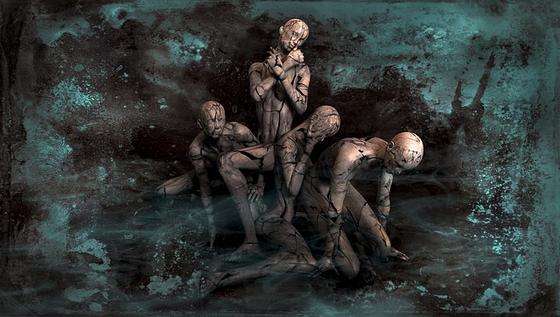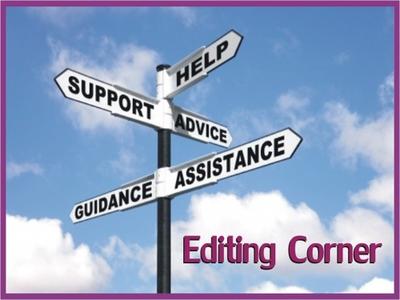Want to discover an author’s most cherished fantasies?
Edit a collection of his or her erotic stories.
At this point, I’ve edited books featuring the erotica of seven different authors: C. Sanchez-Garcia, Amanda Earl, Bob Buckley, Teresa Wymore, Remittance Girl, M. Christian, and Daddy X. And I can tell you (if you were to ask), quite specifically, what turns each of them on. There are few activities as intimate as working with an author to sharpen the emotional focus and heighten the erotic intensity of his or her tales.
Of course, in editing a multi-author erotic anthology (which I’ve also done a few times) you’re also exposed to the contributors’ erotic visions. However, a single story might not tell you much about what personally pushes an author’s buttons. The best erotic authors, indeed, learn to mask their own kinks and preferences to some extent, in order to avoid being too repetitive. For instance, I like to push myself to create stories that do not include any BDSM content, both to prove I can and so my readers don’t get bored.
Still, I have a reputation for writing a lot of D/s, because that’s one of areas of sexuality that I find most arousing myself. A reader was recently astonished by my Asian Adventures series, which (so far) does not include any sort of power exchange. “For all the scary BDSM all over your author pages,” she wrote, “I had no idea you had such sweet lipstick in you!”
When you’re confronted with 50-60K of an author’s work, the patterns become obvious. Of course I’m not going to embarrass my former collaborators by telling you what they like, from an erotic perspective. You’ll have to buy their books, if you are curious. Even so, you might not appreciate the common themes or activities as much as I did, serving as their editor. This is because an editor reads each story many times, in many versions. Furthermore, as an editor I got to see the author’s reactions to my suggested modifications, which tells me a lot about what is and is not important to him or her.
I’ve spent a lot of time in my authors’ heads. I’ve waded through their imaginary sexual worlds, tweaking a clause here, clarifying a construction there, all the while watching their characters deal with love and lust. Sometimes I feel as though an author and I have actually been lovers. That’s not true of any of the individuals above, but it could be without too much of a stretch. I have to confess I have had erotic dreams about some of them. My unconscious reacts to the intimacy of the editor-author relationship, even if I consciously distance myself.
It’s funny, because my authors’ fantasies don’t always align with my own. Nevertheless, the close interactions involved in editing give me enough insight that I can vicariously appreciate the erotic charge in their stories, despite the fact that the themes or stimuli don’t push my personal buttons.
I wonder whether all editors experience this sense of intimate connection with their authors. Perhaps my experience has been closer and more intense because I too write erotic fiction. Or maybe it’s because I’m editing stories about sex. Perhaps editors of non-sexual genres remain more distanced from their clients.
Somehow I doubt it, though. We authors expose ourselves through our fiction, regardless of genre. We reveal what makes us tick. And editors need to get up close and personal with those revelations in order to do a good job.




